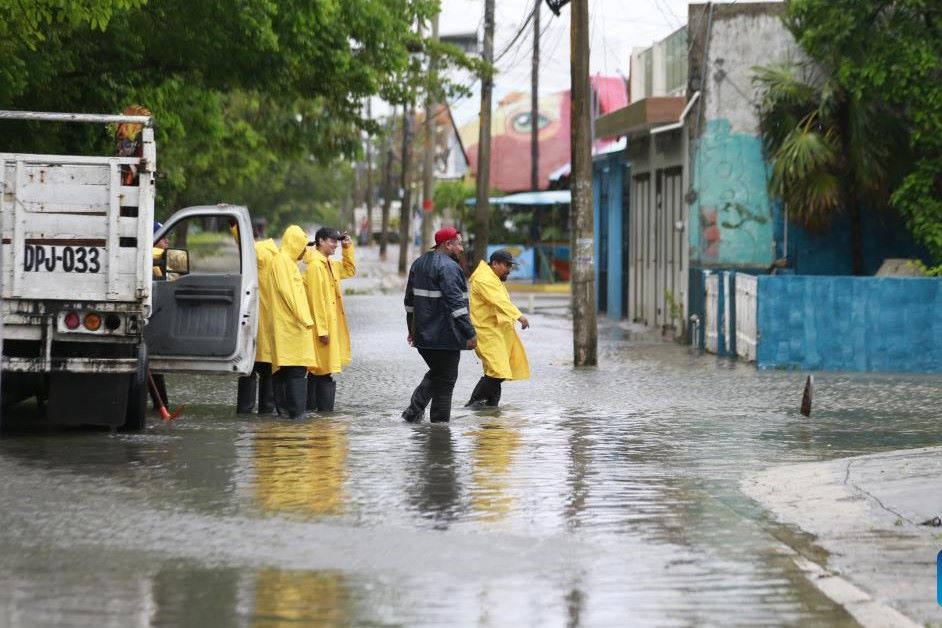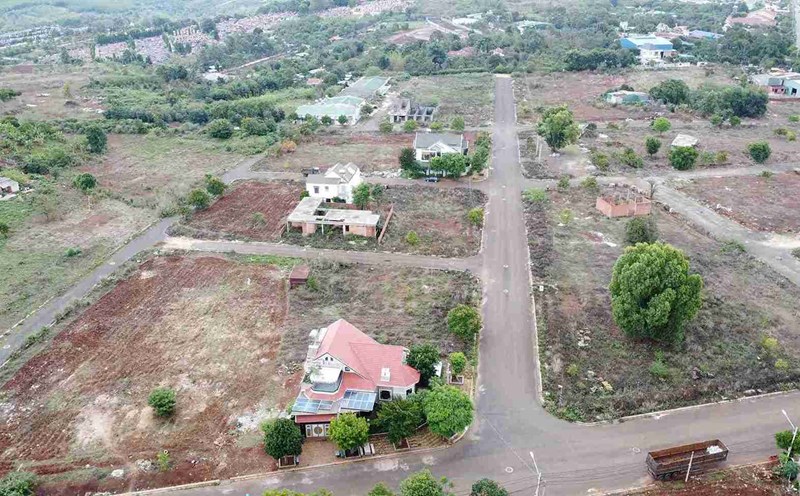The 2025 Atlantic hurricane season officially began on June 1, but the US meteorological community issued a red alert. According to the forecast of the US National Oceanic and Atmospheric Administration (NOAA), this year's hurricane season has a 60% chance of operating above normal, with a maximum of 19 named storms, including 3-5 Category 3 super typhoons or more.
More worryingly, private forecaster AccuWeather warned that up to six storms could make landfall directly in the US. This is a scary prospect after the disasters caused by Helene and Milton in 2024.
We are facing another busy hurricane season, said AccuWeather expert Alex DaSilva.
The reason lies in the huge accumulation of heat in the oceans. Not only is the sea surface warmer than usual, but the deep water layer is also unusually hot - an ideal condition for storms to strengthen quickly.

In the Caribbean or Gulf of Mexico, sea levels at a depth of hundreds of meters can still reach 27 degrees Celsius, said DaSilva.
When storms approach the country, they absorb energy like fuel tanks - leading to a sudden increase in intensity right before making landfall.
Climate change has caused this amount of heat to accumulate deeper and longer, increasing the likelihood of super typhoons.
Another important factor is the ENSO cycle (El Nino - La Nina) from the Pacific Ocean, which has a strong influence on the direction and intensity of the storm in the Atlantic. ENSO is currently in a neutral state, but is likely to switch to La Nina at the end of the year - an ideal condition to increase the number and intensity of the storm in the second half of the rainy season.
Another dangerous trend is silently occurring - storms retain their strength longer after making landfall. According to research in 2020, the rate of weakness of storms has decreased by 94% over the past 50 years, meaning they cause damage deeper inland.
The tragedy of 2024 is clear - Hurricane Helene devastated Florida and caused deadly flooding in the Appalachian region, while Hurricane Beryl caused a tornado in western New York.
As the ocean boils, the possibility of strong storms making landfall and causing damage is no longer a distant warning.









